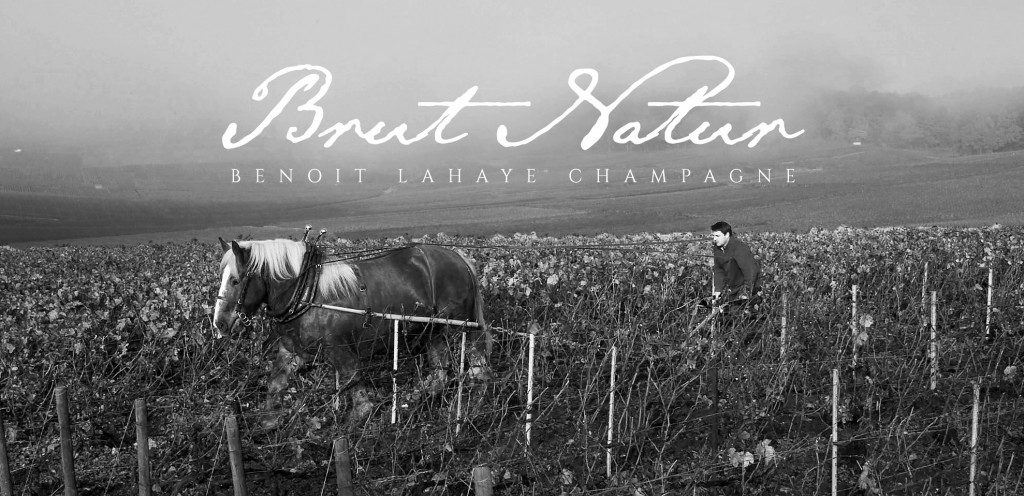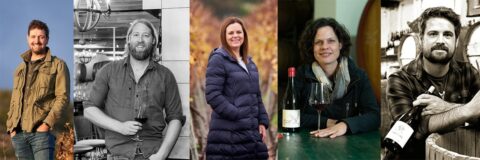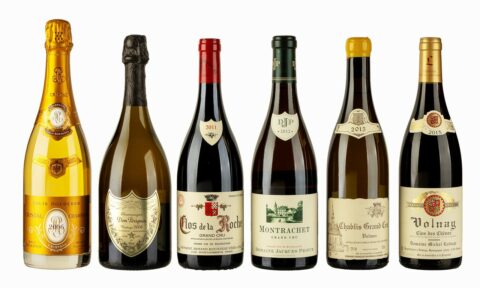Financial Mail Travel PR
Brut Nature
In a campaign carefully orchestrated by the major producers, the message was conveyed that there wouldn’t be enough of the “good stuff” to meet the worldwide demand at midnight on 31st December 1999. The big Champagne houses stopped taking orders, even turning away the airlines upon whom they normally depended on for their bulk sales. In those days I was the wine advisor to SAA, when it was a real airline, making real profits, and at least a little concerned about passenger experience. Management came to me, explained the seriousness of the problem, and asked if I could propose a solution.
As it happened, for most of the second half of the 1990s I had been spending an indecent amount of time “discovering” the independent Champagne producers, many of whom made fabulous fizz and almost all of whom were not anticipating emptying their cellars in time for “the end of the digital world.” I proposed running a Champagne selection process along the lines used to determine the on-board wine listings but limiting the invitations to the top independent growers.
Out of this was born an annual Champagne tasting hosted in France for a few years and to which (from memory) over 60 producers at a time submitted their wines. For two years in a row, a grower in the Grand Cru village of Bouzy finished in the top three of a line-up which included many of the better known privately owned cellars. Obviously I needed to meet him.
Benoit Lahaye (and his wife Valerie) turned out to be wonderful, warm and hospitable fanatics. By 2007, when I visited them in the midst of a water-logged harvest, they had already migrated from organic to bio-dynamic viticulture. In the vineyards on the outskirts of the town, I walked past their neighbours vines, collapsing under the burden of grey rot and discovered that theirs were in rude good health. Benoit – it turned out – was one of the pioneers of this extreme form of chemical-free grape growing, and the same way of life informs his winemaking.
Every one of the Lahaye bubblies is finely crafted, everyone is age-worthy at a level almost incomprehensible to those of us who are accustomed to Champagne being ready-to-drink from the moment of release. However, if I had to single out a single cuvée that both expresses his philosophy and offers something which cannot be purchased from any other producer, large or small, it would be his Jardin des Grosses Pierres. It is made from ancient vines still authorised for Champagne production but hardly found anywhere in the region. The vineyard was planted in 1923 by Benoit’s great grandfather: in addition to varieties we all know – pinot noir, chardonnay, and Pinot Meunier – it has pinot blanc, arbanne, petit meslier and fromenteau. The vintage is completed in a single day, the primary fermentation takes place in wooden barrels, and the final wine is despatched almost three years later as a Brut Nature – no sugar added. It’s a Champagne for the true aficionado, and the total allocation for the SA market is around four dozen.
Article supplied by, and wines available on Port2Port: www.port2port.wine.
Michael Fridjhon: Twitter @michaelfridjhon.






 Sign-up and receive the Business Media MAGS newsletter OR SA Mining newsletter straight to your inbox.
Sign-up and receive the Business Media MAGS newsletter OR SA Mining newsletter straight to your inbox.